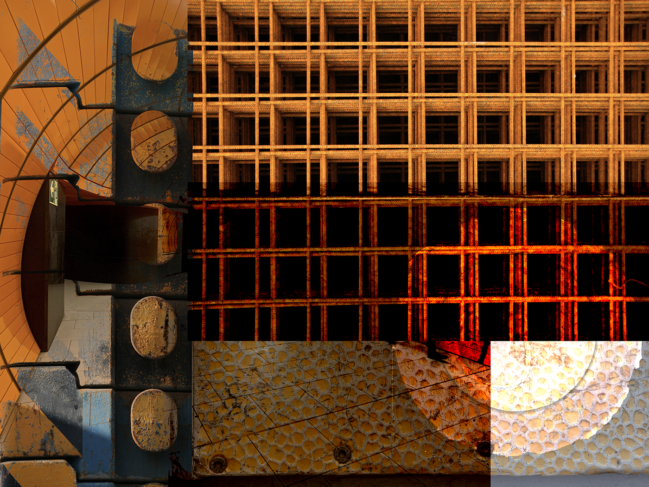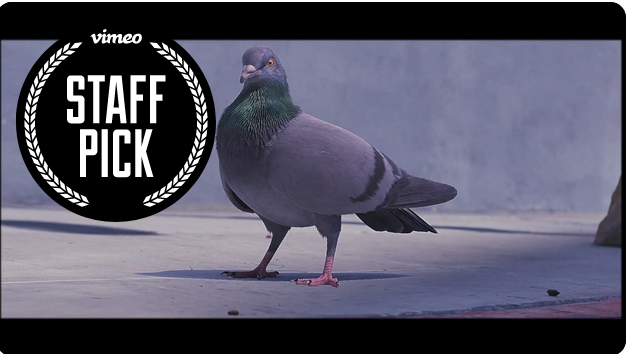
Art and Experimental Media
Enjoy this bird footage, a pigeon and an owl. Then a look at what this means for artists.
Emmit Fenn – Who Dat from Patrick JEAN on Vimeo.
Directed by Patrick Jean
Concept by Emmit Fenn
Animation, vfx, etc by P. Jean
Produced by Rebecca Berrih
Thanks to Alec Udell
I’ve published this slo-mo video before. High speed video takes many more frames per second than normal. When you slow it down to how we’d experience the action with our eyes (the bird flies across the field to you) the abundance of extra frames reveals details our realtime eyes can’t take in.
This is serious technology. Think how an artist might include it in fine art. Think how at first it would stand out. Pop sensibilities eat it up easily now. But Pop isn’t serious by definition. I want to see more of this in the fine arts.
__________
Both of these examples are time-based media (4D) so we’ll skip remarks about artwork that hangs silent on the wall. A digital artist can think about electronic equipment in one of four ways. Recording data, manipulating data, outputting data or programming realtime action.
Recording
I fully believe that any recording device can be coaxed into interesting variations by using it the “wrong” way. The trick is to find which “abuse” will give you the most interesting effect. Camera shake gets wearisome pretty fast.
Charles Matz has used lidar on people and gotten wonderful effects. He didn’t plan them. They showed up and taught him.
So how does an artist incorporate unusual recording devices into an artwork? Realize that some media (film) are boxed in with viewers’ expectations. A museum piece may be an entry point before Spike Lee can use high-speed footage in cinema without it pointing itself out.
Manipulating
The jaunty pigeon gives a double-whammy of what electronic intervention can provide. Emmit Fenn’s voice here isn’t raw, it’s cooked. (I like it.) And Patrick Jean’s syncing of the pigeon’s dance routine to Jenn’s music is pure pleasure. Those feet!
Software ultimately has an electronic aspect or it won’t do you any good. There is a megaton of software for you to paw through.
Or like folks who once scratched camera film or tried bleach on it, you can opt for non-electronic, kitchen-sink manipulation. If you can figure out what that means with data.
Outputting
So you have the data, seasoned it to your taste. Now what kind of art do you intend to make? Printed? Forged? Cast?
Interactive maybe?
There have been technologies used in art for millennia. And the electronic era has spawned countless others. Maybe you’ll project an image/video on a high-glaze pot you’ve made. Maybe you’ll just show the video but program it to jump back to former frames in a pattern of steps.
You can fiddle with electronic data at any point in your association with it. True also with the non-electronic kind. So go fiddle.
Realtime Action
Some electronic art skips the recording step and uses devices that program physical objects (found objects, artistic objects) to move, to sound, to smell. You can choose from your electro-genies pure action.
__________
Once these technologies get you familiar with them the last barrier in the fine arts is for artists’ serious intent to make them tools, rather than a flirtatious flip of the cancan skirt.

